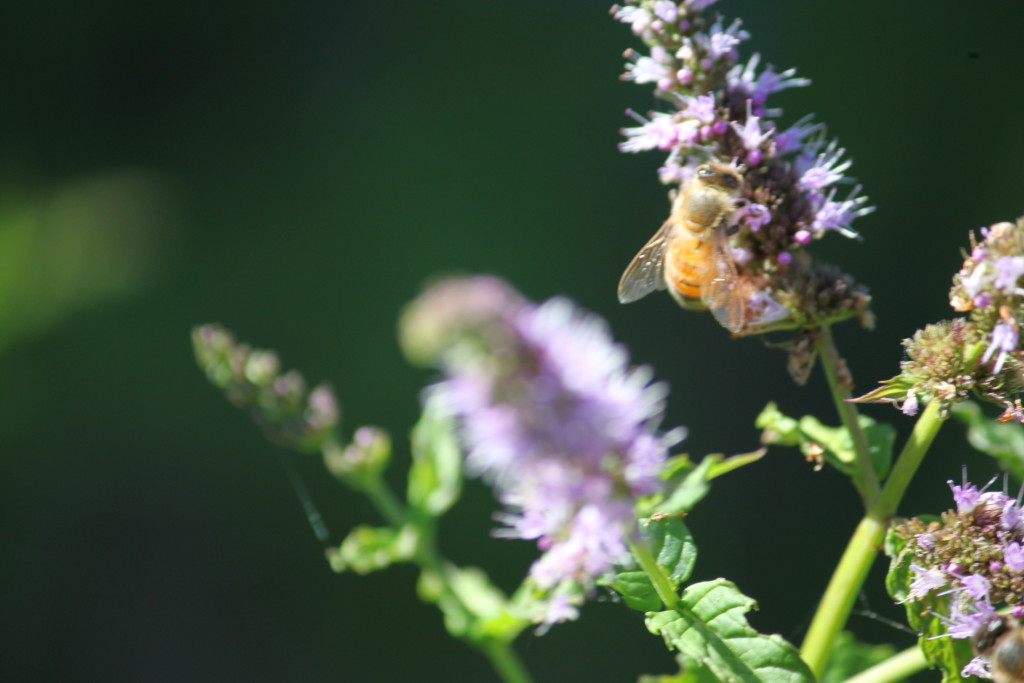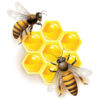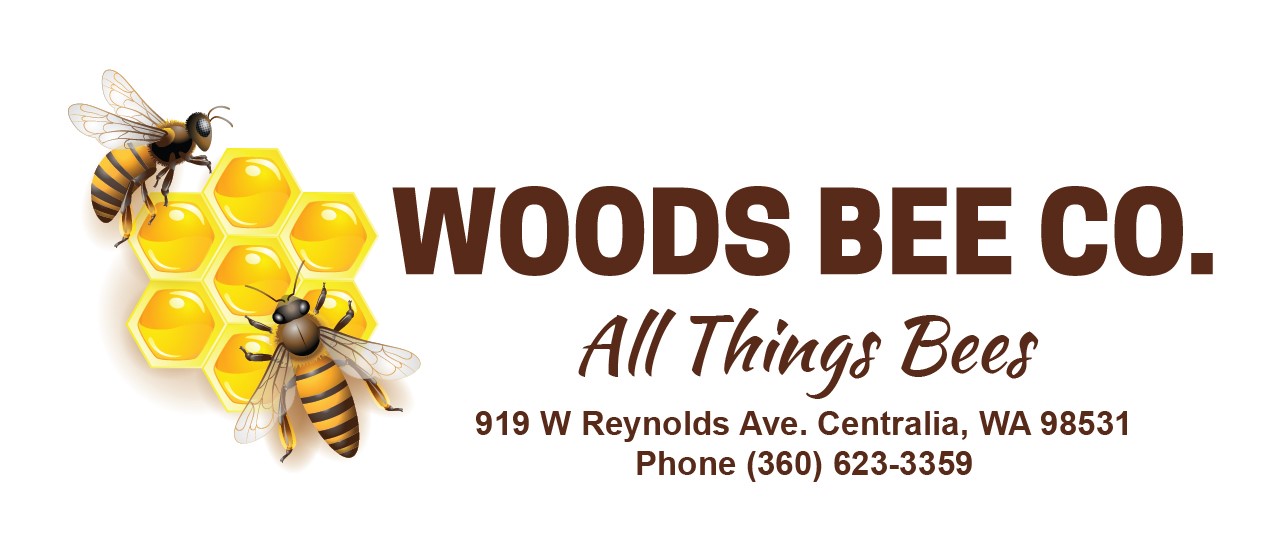Information

Pacific Northwest Forage List
February
-
Winter Heather
-
Pieris
March
-
Maples
-
Oregon Grape
-
Indian Plum
-
Earliest Asian Plums
-
Willow
-
Chickweed
-
Hazelnut
April
-
Overwintering Brassicas
-
Flowering Currant
-
Maples
-
Pacific Dogwood
-
Peaches
-
Crab Apple
-
Apple
-
Pear
-
Cherry
-
Plums
-
Rosemary
-
Dandelion
May
-
Mustard
-
Serviceberry
-
Thyme
-
Strawberry
-
Raspberry
-
Blackberry
-
Blueberry
-
Clover
-
Chives
June
-
Mock Orange
-
Huckleberry
-
Mint
-
Angelica
-
Hyssop
-
Honeysuckle
-
Clover
-
Borage
-
Calendula
July
-
Cucumber
-
Summer Squash
-
Winter Squash
-
Oregano
-
Mints
-
Lavender
-
Buckwheat
-
Borage
-
Russian Sage
August
-
Lemon Balm
-
Basil
-
Clover
-
Anise Hyssop
-
Echinacea
-
Bee Balm
-
Salvia
-
Shasta Daisies
-
Rudbekia
September
-
Sun Flower
-
Joe Pye Weed
-
Lobelia
-
October
-
Artichoke
-
Yarrow


Larry
Hi – It’s the last of October and my bees are bringing in lots of bright yellow and some orange pollen. I live in a neighborhood in Aberdeen but I don’t see anything that would produce so much pollen. They are very healthy and no mites as of three weeks ago (I did buy a nuc from you, so thanks for the good bees!).
Thanks in advance for your reply.
Alan Woods
Larry I’m not really sure what’s coming in, but I’d also tell you this hasn’t been a normal summer either.
Paul Young
How about the bright yellow pollen of dandelion and other Compositae?
Alan Woods
Dandelions, clovers, wild mustard and other like plants are typically considered weeds but are important sources of food when other nectar and pollen sources are limited. I would suggest once the bees start bringing in pollen from these plants that you add a pollen substitute. However, you make a good point beekeepers should know when all sources of plants are present.
Gary Kaufman
Probably a day late and dollar short, but one of our big mid-September/mid October plants are our English Ivy trees. Not really trees, but they are mature clumps living off 2 different massive ancient cedar stumps. The honey bees and pretty much everything else that can feed on nectar gang up on them.
Alan Woods
Actually you have a gold mine for the bees. Scientists have found that Ivy is one of the most important plants to provide nectar for bees. Honey bees rely upon Ivy for most of the pollen and nectar they collect during the fall months, this is a crucial time when the insects are trying to build up stores for the winter and feed their young. Most plants and trees that are beneficial for the bees are not always the plants that we like in our yards.